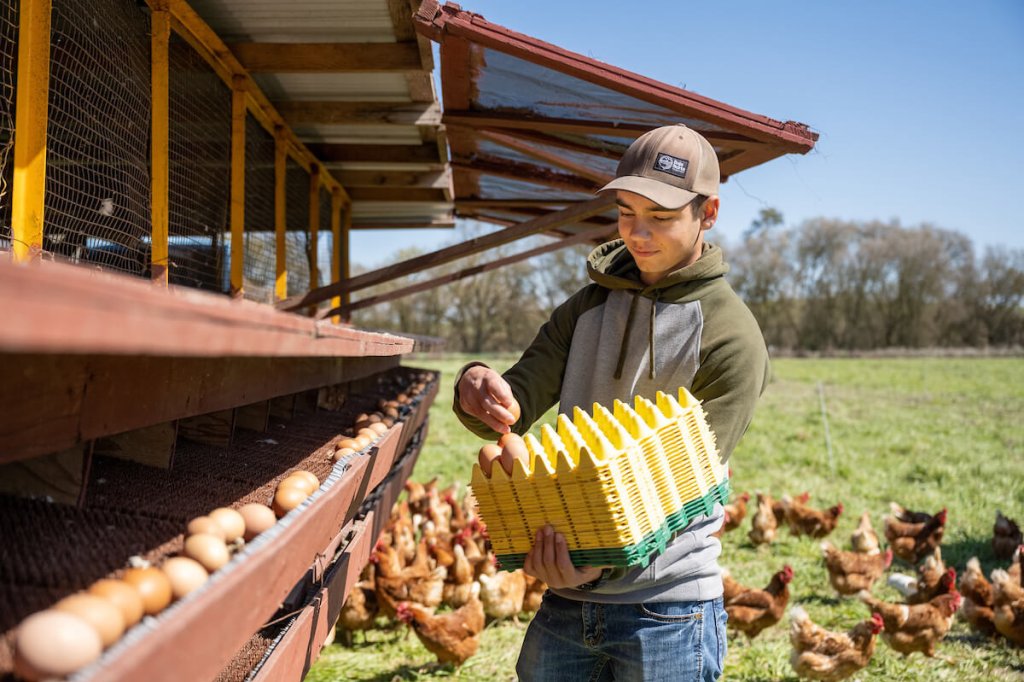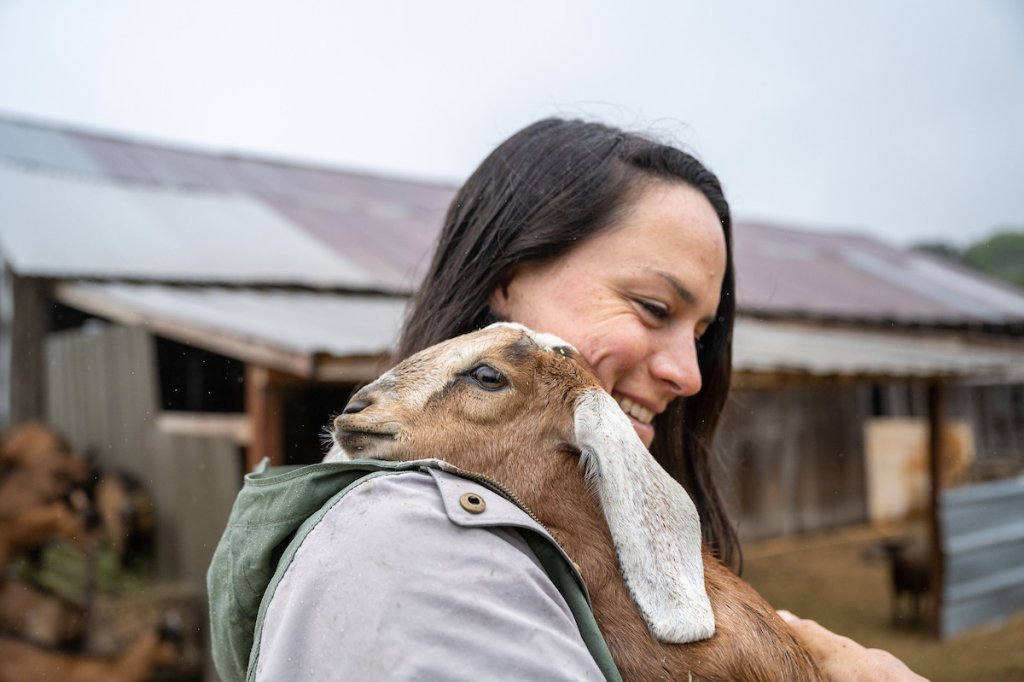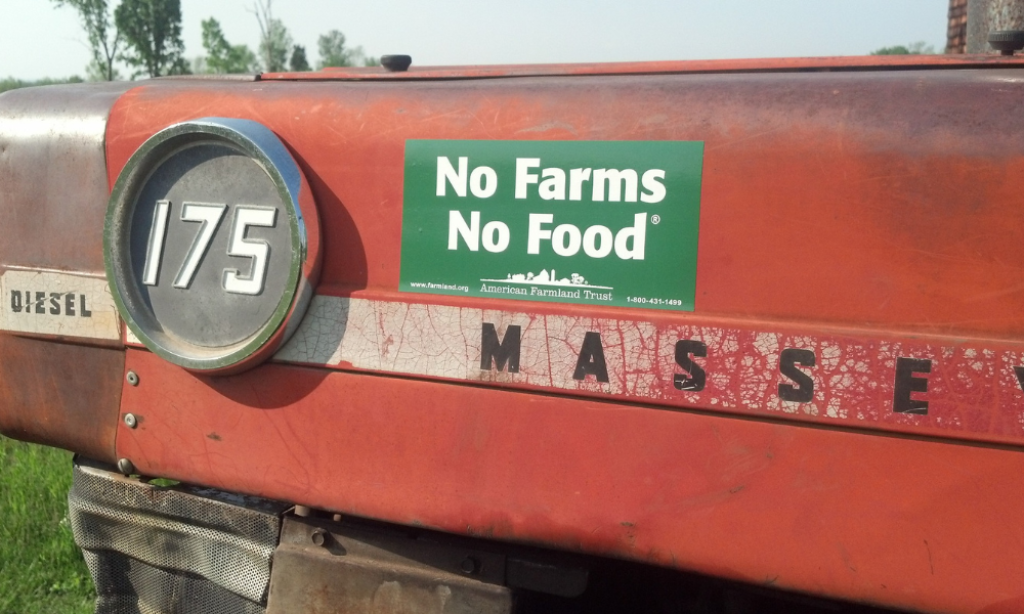What State Received the Most Pandemic Cover Crop Program Funding?
Cover crops are one of the most effective conservation practices that farmers can use to protect soil health. Cover crops slow down soil erosion and help hold water in the ground. Over time, these benefits mean more reliable crop production and more stable yields for farmers—even during times of drought and other kinds of extreme weather that are expected to worsen as a result of climate change. It also means less reliance on costly agricultural inputs that adds up to more savings for farmers. That’s why rapidly expanding the use of cover crops is one of our top priorities at AFT.
We were glad to see the USDA sharing this focus when they introduced the Pandemic Cover Crop Program (PCCP) during the 2021 crop year.
PCCP works by providing farmers with a $5/acre discount on the cost of their crop insurance premiums when they also plant cover crops on their fields. Sign-up is easy, farmers just need to certify the cover crops they plant with the Farm Service Agency (FSA). Once that is done, no other time intensive or difficult application is needed. FSA sends the information over to the Risk Management Agency (RMA) that then applies the discount before invoices go out to farmers later during the growing season.
With such a simple program, the question is likely to be asked: just how effective can it be? AFT dug into the numbers provided through RMA’s Summary of Business reports to find out. The answer, very effective.
The PCCP proved to be every bit as popular as the state cover crop discount programs. In the 2021 crop year, more than 12.2 million acres enrolled in the program, representing all lower 48 states, at a total program cost of $59.4 million.
North Dakota led the way with more than 1.2 million acres receiving the $5/acre discount. In the top 5, they were followed by Texas, Iowa, Indiana and Missouri.
Top 10 PCCP States
| State | PCCP Estimated Acres | PCCP Funding/State | % of Total PCCP Funds |
| North Dakota | 1,296,744 | $6,315,144 | 11% |
| Texas | 1,072,182 | $5,221,525 | 9% |
| Iowa | 871,624 | $4,224,810 | 7% |
| Indiana | 860,397 | $4,190,131 | 7% |
| Missouri | 800,282 | $3,897,373 | 7% |
| Nebraska | 683,489 | $3,328,590 | 6% |
| Minnesota | 645,108 | $3,141,678 | 5% |
| Georgia | 536,919 | $2,614,795 | 4% |
| Ohio | 535,826 | $2,609,473 | 4% |
| Illinois | 533,282 | $2,597,084 | 4% |
In states with their own programs, enrollment in PCCP far outpaced available funding. Iowa and Illinois saw 4.8 times as many acres submitted to the PCCP as their programs could support. Indiana saw 129 times as many acres submitted to PCCP compared to what could be funded by their program!
PCCP has the potential to stand next to other critical USDA conservation programs to provide a new kind of option for farmers to access resources in the short term for planting cover crops. To put these numbers in context, in 2020, 10.5 million acres were enrolled in EQIP at a cost of $1.8 billion, while 6.4 million were enrolled in CSP at a cost of $2.2 billion and 21.9 million were enrolled in CRP programs at a cost of $1.8 billion.
While PCCP is no replacement for these programs, it serves as a good compliment. That’s especially true for those experimenting with cover crops for the first time or those who are no longer eligible to participate in these other programs but who could still use a little financial support to keep their fields planted in cover crops.
Investment for all of these programs needs to be boosted in the next farm bill to get to where we need to go. If the PCCP is extended for a third year or beyond, it can serve as a new kind of option at a modest cost
While this is just one year of program data, it tells us that it’s possible to put together a simple yet very effective program to help farmers plant cover crops in a very short period of time. If program options like the PCCP continue to be offered, we expect to see the total enrollment numbers continue to climb, and, with that, more stable and environmentally sound farming operations.
USDA offered the PCCP again in 2022. We’ll be watching for those numbers to come in over the next few months.



